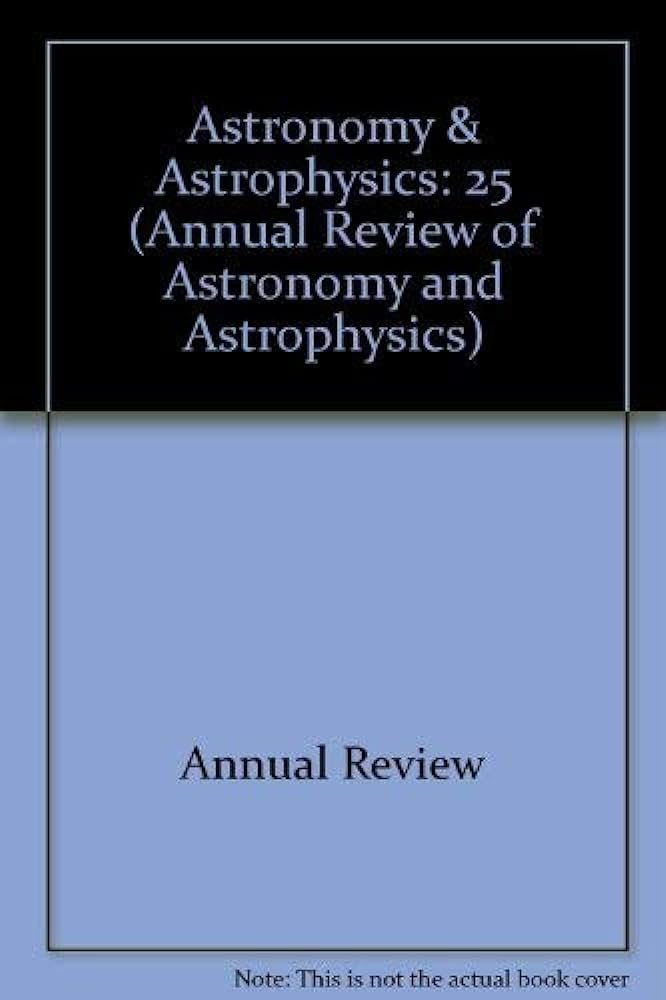Fast Radio Bursts: An Extragalactic Enigma
IF 32.5
1区 物理与天体物理
Q1 ASTRONOMY & ASTROPHYSICS
Annual Review of Astronomy and Astrophysics
Pub Date : 2019-06-13
DOI:10.1146/annurev-astro-091918-104501
引用次数: 258
Abstract
We summarize our understanding of millisecond radio bursts from an extragalactic population of sources. Fast radio bursts (FRBs) occur at an extraordinary rate, thousands per day over the entire sky with radiation energy densities at the source about ten billion times larger than those from Galactic pulsars. We survey FRB phenomenology, source models and host galaxies, coherent radiation models, and the role of plasma propagation effects in burst detection. The FRB field is guaranteed to be exciting: New telescopes will expand the sample from the current ∼80 unique burst sources (and only a few secure localizations and redshifts) to thousands, with burst localizations that enable host-galaxy redshifts emerging directly from interferometric surveys. ▪ FRBs are now established as an extragalactic phenomenon. ▪ Only a few sources are known to repeat. Despite the failure to redetect other FRBs, they are not inconsistent with all being repeaters. ▪ FRB sources may be new, exotic kinds of objects or known types in extreme circumstances. Many inventive models exist, ranging from alien spacecraft to cosmic strings, but those concerning compact objects and supermassive black holes have gained the most attention. A rapidly rotating magnetar is a promising explanation for FRB 121102 along with the persistent source associated with it, but alternative source models are not ruled out for it or other FRBs. ▪ FRBs are powerful tracers of circumsource environments, “missing baryons” in the intergalactic medium (IGM), and dark matter. ▪ The relative contributions of host galaxies and the IGM to propagation effects have yet to be disentangled, so dispersion measure distances have large uncertainties.快速射电暴:银河系外的谜
我们总结了我们对河外源群毫秒射电暴的理解。快速射电暴(FRB)以惊人的速度发生,每天数千次遍布整个天空,其辐射能量密度约为银河脉冲星的100亿倍。我们综述了FRB现象学、源模型和宿主星系、相干辐射模型以及等离子体传播效应在爆发探测中的作用。FRB领域肯定是令人兴奋的:新的望远镜将把样本从目前的~80个独特的爆发源(以及只有几个安全的定位和红移)扩展到数千个,爆发定位使宿主星系的红移能够直接从干涉测量中出现。▪ FRB现在被认为是一种河外现象。▪ 已知只有少数来源重复。尽管未能重新检测到其他FRB,但它们与所有的中继器并不矛盾。▪ FRB来源可能是新的、奇异的物体或极端情况下的已知类型。存在许多创造性的模型,从外星飞船到宇宙弦,但那些涉及致密物体和超大质量黑洞的模型最受关注。快速旋转的磁星是FRB 121102及其相关持久源的一个很有前途的解释,但不排除它或其他FRB的替代源模型。▪ FRB是环源环境、星系间介质(IGM)中“缺失重子”和暗物质的强大示踪剂。▪ 宿主星系和IGM对传播效应的相对贡献尚未解开,因此色散测量距离具有很大的不确定性。
本文章由计算机程序翻译,如有差异,请以英文原文为准。
求助全文
约1分钟内获得全文
求助全文
来源期刊

Annual Review of Astronomy and Astrophysics
地学天文-天文与天体物理
CiteScore
54.80
自引率
0.60%
发文量
14
期刊介绍:
The Annual Review of Astronomy and Astrophysics is covers significant developments in the field of astronomy and astrophysics including:The Sun,Solar system and extrasolar planets,Stars,Interstellar medium,Galaxy and galaxies,Active galactic nuclei,Cosmology,Instrumentation and techniques,
History of the development of new areas of research.
 求助内容:
求助内容: 应助结果提醒方式:
应助结果提醒方式:


